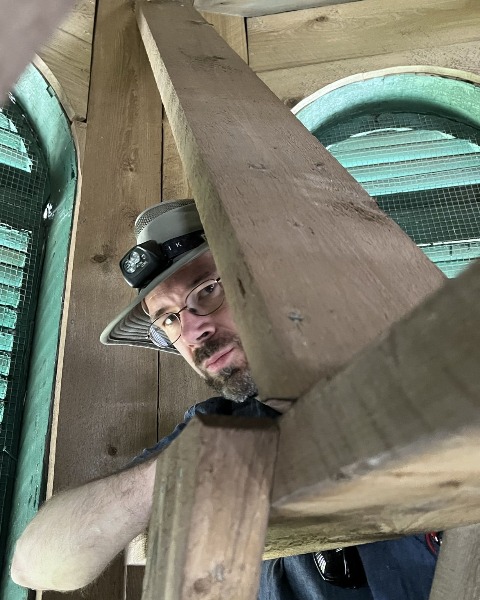English
Track 2/Volet 2
(CS2.1) Bridging the gap: a new low-cost retrofit for converting old masonry buildings into housing
Friday, November 15, 2024
9:20 AM - 9:40 AM EST

Daniele Malomo, Dr.
Assistant Professor
McGill University, Canada
Tom Morrison, PEng, PhD, CAHP, APT-RP, CSCE, ISCARSAH
Principal
Heritage Standing Inc., Canada
Speaker(s)
Session Chair(s)
Unreinforced masonry (URM) buildings constitute the majority of existing buildings in Canada, including residential, governmental and heritage structures. Most of these were built before the application of contemporary building guidelines and design codes, which suggests that many existing URM buildings do not necessarily have adequate structural performance. Considering the progressive material deterioration over many decades and lack of maintenance frequently seen in old buildings, retrofitting is necessary for continued occupancy of many structures. Moreover, the existing URM buildings were not originally designed to meet today’s energy performance criteria, which makes them less energy efficient and poses a heavy economic burden on homeowners and tenants who often have limited financial resources. To this end, a new multi-component research project has been launched to develop and test low-cost strategies for retrofit based on engineered timber. These systems are meant to enhance both the structural and thermal performance of aging URM buildings in order to extend their working life. The strategy studied here comprises a structural layer made of plywood panels with cross-brace frames anchored to URM walls, as well as an energy layer comprised of bio-based thermal insulation. In this presentation, preliminary results from ongoing full-scale structural and thermal experimental testing are presented alongside numerical modelling simulations that have guided the proposed design. Interdisciplinary interactions and collaborative design efforts conducted with architects, historians, conservationists and other professionals to reach an holistic retrofit design are also discussed.
Learning Objectives:
- Upon completion, participants will be able to describe low-cost retrofit strategies for aging URM buildings, including those incorporating engineered timber, and critically discuss pros/cons of these retrofit options.
- Upon completion, participants will be able to discover how research and experimental testing at Universities can lead to practical outcomes, and how professionals and industry partners can leverage our work
- Upon completion, participants will be able to understand better how structural and thermal vulnerabilities are inextricably related, and that the only way to address them properly is doing that holistically
- Upon completion, participants will be able to describe the unique challenges reusing and converting old masonry buildings into housing often entail

.jpg)
.jpg)


